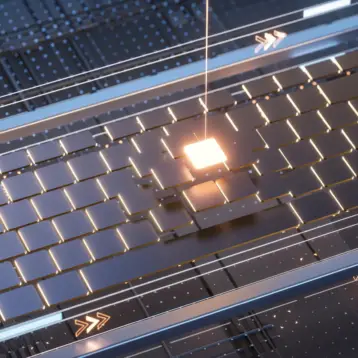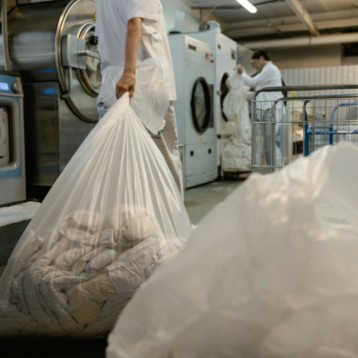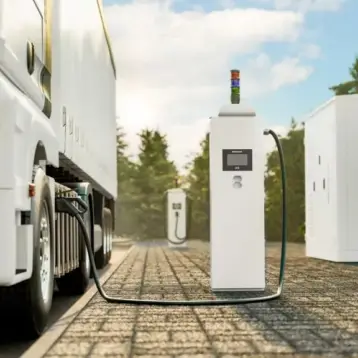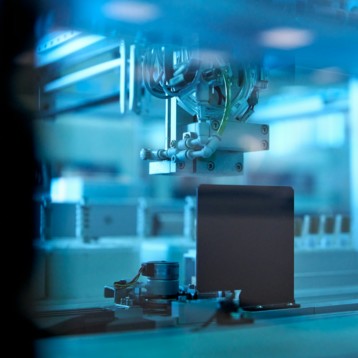|
Many scientists have put forth an effort to extend the life of structures and reduce repair costs. One of the common methods is developing “smart materials”, which have self-healing properties. However, few are effective, and even fewer worth producing, since many of these “smart materials” have expensive manufacturing costs. Recently, an improved material was developed.
Michelle Pelletier, an engineering student from URI, has collaborated with Professor Arijit Bose to create a concrete matrix embedded with a microencapsulated sodium silicate healing agent. The result is self-healing “smart building materials”. Unlike past studies, this latest development allows commercial applications, since its manufacturing cost is relatively cheap.
The material comes into action when cracks form in the concrete; the ruptured capsules release the embedded agent into the adjacent area. Sodium silicate reacts with the calcium hydroxide, already present in the concrete, forming a calcium-silica-hydrate gel. That gel heals the cracks and blocks the concrete’s pores. According to Pelletier’s study, the gel hardens in about one week.
“Smart materials usually have an environmental trigger that causes the healing to occur,” explained Pelletier, who is collaborating on the project with URI Chemical Engineering professor Arijit Bose. “What’s special about our material is that it can have a localized and targeted release of the healing agent only in the areas that really need it.”
In her research, Pelletier stress-tested the concrete to the point of almost breaking; measurements showed it proceeded to recover 26% of its original strength, while conventional concrete only recovers 10%. Pelletier believes that she could boost the strength of her mix even higher by increasing the quantity of the healing agent.
Pelletier explains that conventional construction methods fortify building concrete with steel reinforcement bars to compensate for low tensile strength, but the metal is naturally susceptible to corrosion. “We are exploring if the release of the agent will result in corrosion inhibition by two mechanisms,” she said. “First, the reduced water transport due to the filled pores and reduced interconnectivity within the matrix may result in less moisture reaching the metal and ultimately less corrosion. Also, silicates can deposit on the surface to form a protective film which may also help with reducing the corrosion rate of the steel rebars.”
|
This latest work presents other benefits besides “self-healing” abilities. One is the possibility of reducing significant CO2 emissions resulting from concrete production. Currently production of concrete is very energy intensive; statistics show that the mining and transportation involved plants are responsible for about 10 percent of all CO2 emissions in the United States. “If self-healing concrete can lengthen the life of the concrete and reduce maintenance and repairs, it will ultimately reduce the production of excess amounts of concrete and result in a decrease in CO2 emissions,” says Pelletier.
Although this current study has yet to be completed, Pelletier already sees the near-future benefits. “Self-healing concrete is a big research field right now,” she sums up, “but many of the approaches being taken by other researchers have not ended up being economically feasible for commercial production.” Hopefully, her new study could provide a stable basis for future researches.
TFOT has also covered a new technique that braces buildings against earthquakes, developed at the University of Michigan, and the 2009 Skyscraper of the Year, named Aqua, located in Chicago. Another related TFOT story is the development of waterless concrete for the moon, conceptualized by Dr. Houssam Toutanji, a professor at the University of Alabama.
For more information about University of Rhode Island’s latest self-healing concrete, see the official press release.












